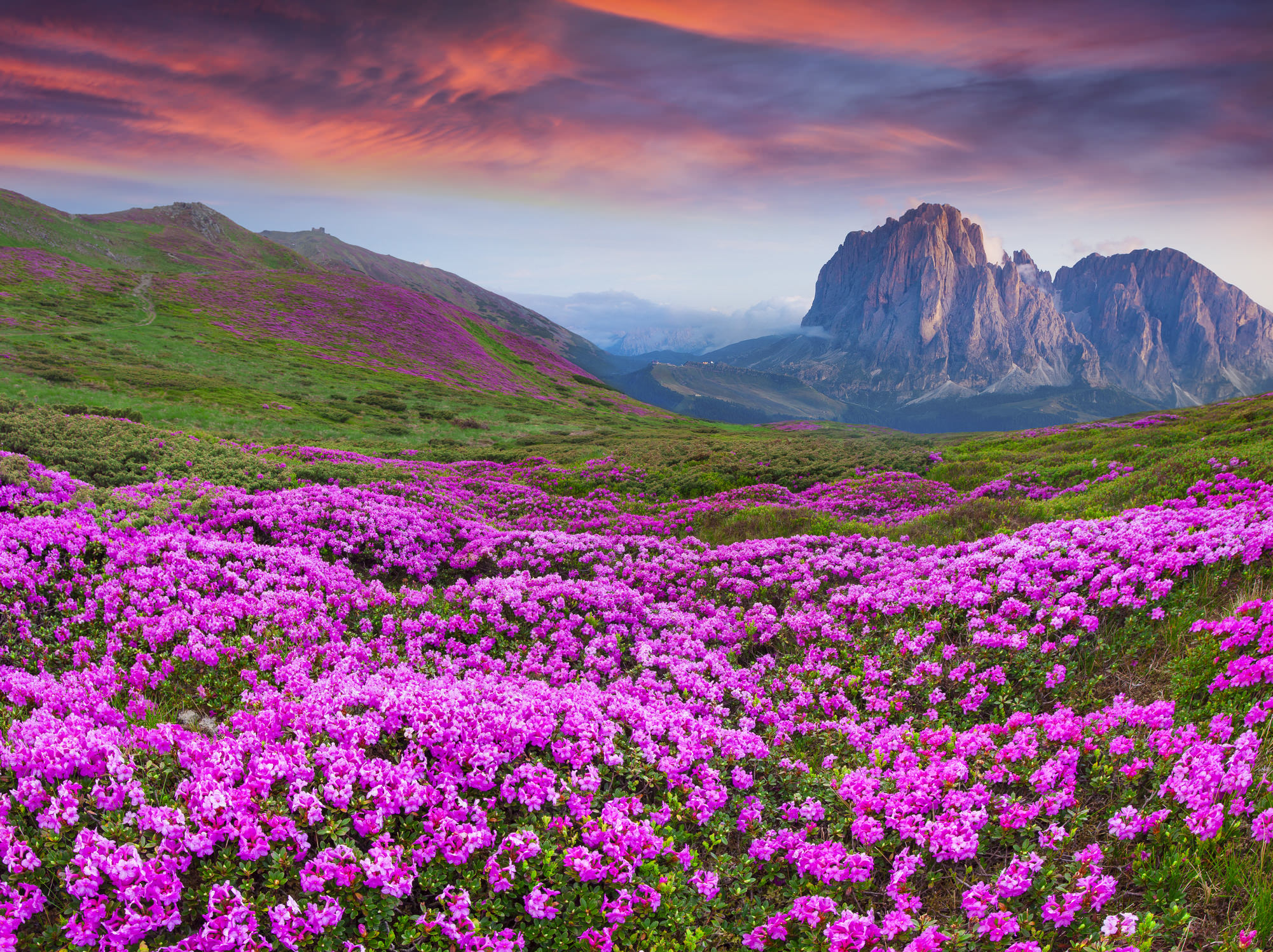

Big aperture landscape how to#
Apps have formed part of this experience telling users how to find the most popular locations and how to photograph them once there.

As a result of this, landscape photography workshops and tours have become big business in these countries. Countries such as Scotland, Iceland, Faroe Islands, New Zealand, USA, Canada and countries in the European Alpine region are very popular with photography tourists and welcome people from all over the world. Landscape photography has become a big part of local economies throughout the world. However, landscape photography often overlaps the activity of wildlife photography and the two terms are used somewhat interchangeably both wildlife and landscapes may be elements of the same picture or body of work. įurther, landscape photography is typically of relatively stationary subjects-arguably a form of " still life." This tends to simplify the task, as opposed to photography of kinetic or live subjects. Even the presence of man-made structures (buildings, roads and bridges, etc.) or art (such as sculpture) may be considered "landscape" if presented in artistic settings or appearing (or photographed) in artistic style. Photography of artificial scenery, such as farm fields, orchards, gardens and architecture, may be considered "landscape" photography as well. Landscape photography commonly involves daylight photography of natural features of land, sky and waters, at a distance-though some landscapes may involve subjects in a scenic setting nearby, even close-up, and sometimes at night. įarm landscape, in this case a rapeseed field in France As with most forms of art, the definition of a landscape photograph is broad and may include rural or urban settings, industrial areas or nature photography. Many landscape photographs show little or no human activity and are created in the pursuit of a pure, unsullied depiction of nature, devoid of human influence-instead featuring subjects such as strongly defined landforms, weather, and ambient light. Others pursue it particularly as an outdoor lifestyle, to be involved with nature and the elements, some as an escape from the artificial world. Perhaps the most common is to recall a personal observation or experience while in the outdoors, especially when traveling. Landscape photography is done for a variety of reasons. Landscape photographs typically capture the presence of nature but can also focus on man-made features or disturbances of landscapes. Landscape photography shows the spaces within the world, sometimes vast and unending, but other times microscopic. Therefore, it may be worth surrendering a little light to get the very best out of your optics.The Tetons and the Snake River (1942) by Ansel Adams All lenses have an optimal aperture where they deliver peak contrast and sharpness. In fact, the only reason you may want to shrink your aperture beyond your depth-of-field requirement is if it gets you closer to your lens sweet-spot. Although you should always prioritize depth-of-field, diffraction is another reason not to use smaller apertures than necessary. Therefore, if F8 gives you sufficient depth of field, don’t use F11.įurthermore, the smaller your aperture, the more diffraction will occur, and the more blurred your photo will appear. Thus, you should use an aperture no smaller and dimmer than necessary. Your second priority is to maximize the amount of light your camera receives. Conclusionįirst and foremost, the best aperture for landscape photography is one that provides enough depth-of-field that both your foreground and background appear sharp. Hence, if you can take your shot using your lens’s optimal aperture, you should. If you have determined a large aperture such as F4 is giving you sufficient depth-of-field, it may be worth using a smaller aperture since most lenses have a sweet spot.Īlthough it varies, lenses often perform best around F5.6.

And in this case, the best aperture for this landscape photo is the one that renders a sharp image from 3 meters to infinity. Typically, but not always, landscape photographers are seeking a sharp, in-focus image from foreground to background.įor example, you may be photographing a scene featuring a foreground 3 meters from your camera and a background extending out to the horizon. Choosing the right aperture for depth of field So here are 4 tips you can use to find the right aperture for your landscape. And if your aperture is too small, your image will lose sharpness thanks to diffraction. However, reliance on smaller apertures may cause you problems.įor instance, smaller, dimmer apertures demand slower shake-prone shutter speeds or high image-degrading ISOs. Therefore, you often need to use smaller apertures such as F8 and F11. Critically, the best aperture for landscape photography is the one that provides enough depth of field to ensure your whole scene, from foreground to background, is in focus.


 0 kommentar(er)
0 kommentar(er)
